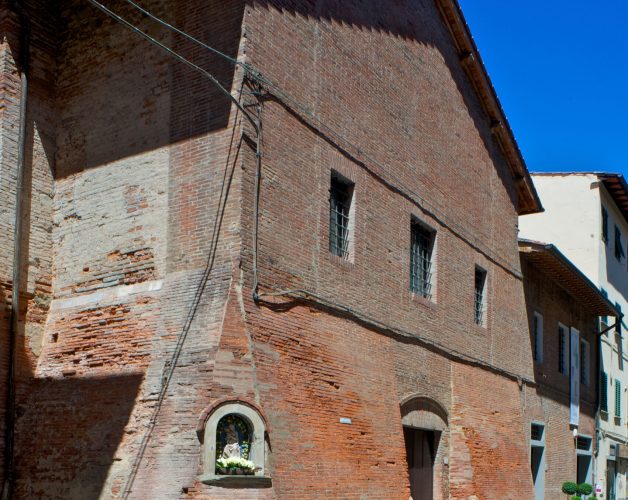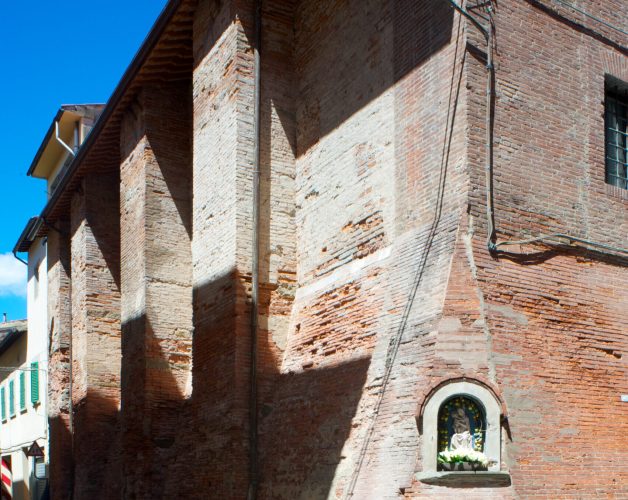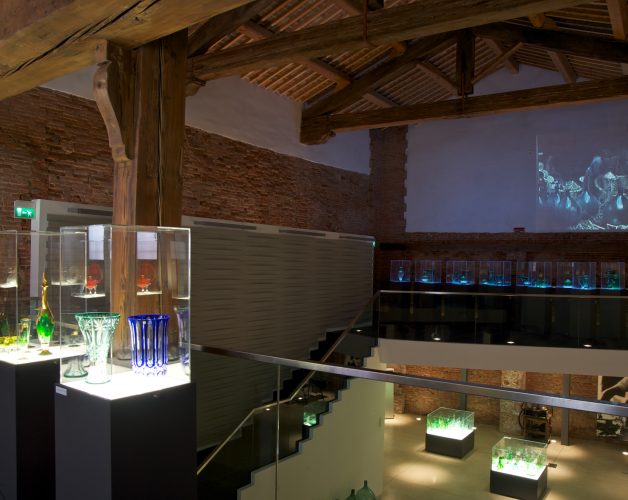
In past centuries, salt was essential for food preservation and was so precious that it was subject to its own separate tax (gabella del sale). As with every municipality under Florentine sovereignty, Empoli had to abide by Florence’s decisions regarding the management of salt, which it did by resolving in 1365 to build a warehouse where the precious product could be stored and sold.
Moreover, the amount of salt that each community should buy (and the price) was fixed by Florence on the basis of the number of inhabitants. The salt was distributed equitably according to the number of members in each family. The purchase of the prescribed quota was compulsory and was administered by appointed Empoli officials who then remitted the revenues to the “Ministers of Salt” of the Florence City Council.
In view of the large quantity of salt allocated to the community of Empoli, there was an evident need for a place to store it and keep it safe. Accordingly, in 1365, the construction of the Salt Warehouse (Magazzino del Sale) was commissioned.
The building had to have specific characteristics: it had to be able to support the weight of the stored salt, be close to land and river transport links and protected from water infiltration. The warehouse, located along one of the city’s main streets – Via degli Asini, today Via Ridolfi – and near the ancient Porta d’Arno that overlooked the river port, was ideally positioned. Not far from the port was also the Salt Mill (Mulino del Sale) where the mineral was loaded and distributed On Via del Giglio, on the other hand, another warehouse was built in 1664 for the supply of ‘red salt’.
When Florence gained control of the Volterra salt pans in 1472, a definitive salt route was created: from Volterra it came to Empoli along the Via Salaiola, passing through Gambassi to then be redistributed by river to Florence or other towns in the central and lower Valdarno area.


Under the rule of the Medici Grand Duchy and later under the House of Lorraine, public utility buildings such as the Salt Warehouse in Empoli underwent numerous modifications to ensure maximum efficiency, as well as the recognisability and austerity typical of such buildings.
In 1783, the warehouse became the property of the Lorraine state, and a modernisation project was embarked upon. This included, firstly, enlargement, involving the purchase of two adjoining buildings (which did not take place until 1818), and secondly, the rearrangement of the interior – work that became even more urgent and necessary in 1823 after the façade had almost completely detached due to the excessive and unbalanced weight bearing down on it. The work, designed in several stages by architect Filippo Nini, was completed, though only partially, between 1827 and 1830.
Since 1 July 2010, following restoration and renovation work, the Salt Warehouse has been home to the Empoli Glass Museum, which is devoted to the narrative of Empoli’s glassmaking industry.
Glass objects, but also machinery, documents and images, tell the story of production processes and places as well as the spread and commercialisation of Empoli’s green and coloured glass.

